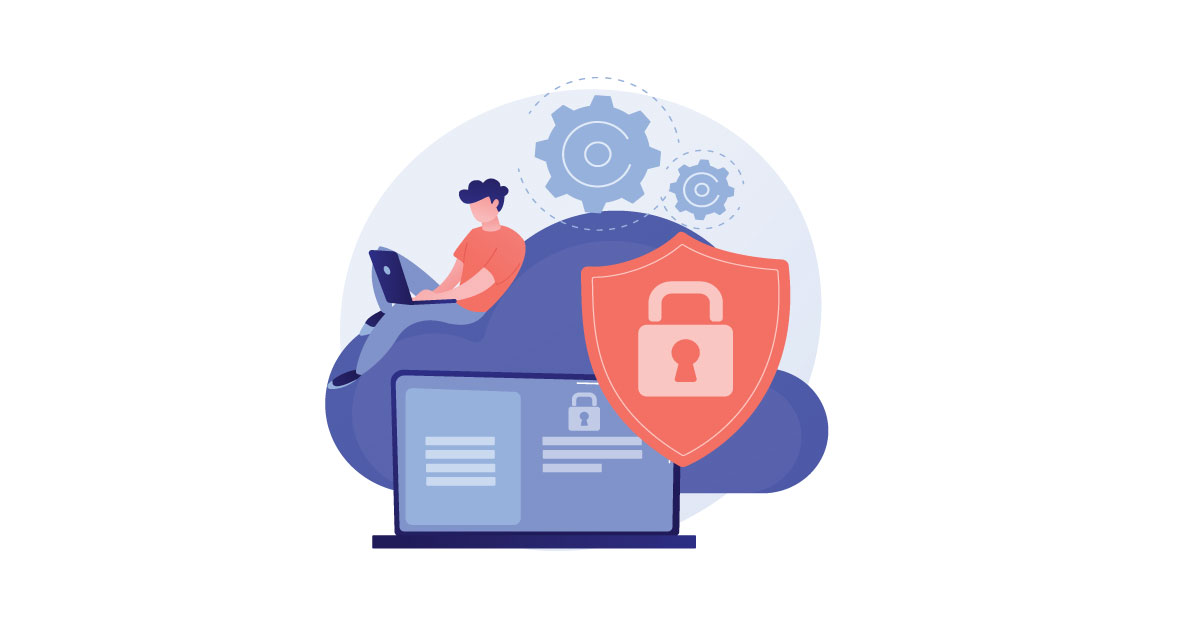Office hours
Mo-Fr 08:00 AM – 16:00 PM
Phone
Address
Hömerichstr. 40
51643 Gummersbach

The issue is that the pace of technological progress causes risks to evolve swiftly — and to disguise in the light of trustworthy design, for example.
On other occasions, regardless of how cautious businesses are, customers become careless and put themselves in dangerous situations. This isn’t always due to malicious intent; it can also occur when many people start connecting with the online world for the first time.
Despite this, there are numerous indicators that a website is secure. It is critical to understand them in order to stay safe. Continue reading if you want to learn more about website security.
Check your website’s URL to determine if “HTTPS” (rather than “HTTP”) appears at the beginning of the address. This indicates that the website is protected by an SSL certificate. All data transmitted from the browser to the website’s host is encrypted with an SSL certificate.
If you check at the browser’s address bar right now, you’ll notice a small padlock next to our blog’s address. When you click it, a notification will show that says “connection is secure”.
This implies that there is a business that guarantees that the connection between you and the website’s owner will not be intercepted or altered.
As a result, the first step in determining the website security is to ensure that it has that certificate. Google takes that security factor into account when ranking websites in its search results. So, if you’re wondering how to get your site to rank on Google, remember that one of the requirements is to have a security certificate.
You might be asking how this relates to website security. Code is used to create the themes, as well as almost everything else that makes up a website. Some of the code-based settings become outdated over time, making the page exposed.
And over one million WordPress sites may be compromised because of certain plugins and themes. That is not to say that the platform is inferior to others; rather, a website owner must use caution when selecting themes and plugins, as with any technology.
You must consider more than just the website design; you must also consider the website security. Using unlicensed themes is a horrible idea. Adopting them, despite the fact that they are similar to the originals, is comparable to leaving an unlocked door for intruders. So, before you go out and select any theme, learn how to properly add one.
It is most likely that you have an antivirus program installed on your computer. The majority of digital security firms create solutions that inform users when a website is safe.
If there is no safety certification at the address or when it is expired — those tools may block browsing from proceeding. Some companies allow users to assess a website and determine whether or not to continue surfing. Those solutions are typically automatically installed with the antivirus.
Because many people do not pay close attention to detail, some criminals take advantage of this when executing frauds. A spelling error, a typo, and, in some situations, major grammatical flaws are all red flags that the site isn’t safe and is most likely a hoax.
Fake addresses can sometimes substitute characters, such as turning the “o” to a zero. For those who are in a rush, these things could be something that passes by them.
Many businesses use security seals to certify websites. However, creating a fake stamp with editing software and inserting it on the website is not difficult.
The best course of action is to verify the seal’s authenticity by clicking on it and seeing if it takes you to the company’s website or provides any other information. Fake seals are images that lack all of these elements.
You should also conduct a Google search for the badge to see if it is legitimate. On e-commerce pages, this is fundamental.
Mo-Fr 08:00 AM – 16:00 PM
Hömerichstr. 40
51643 Gummersbach